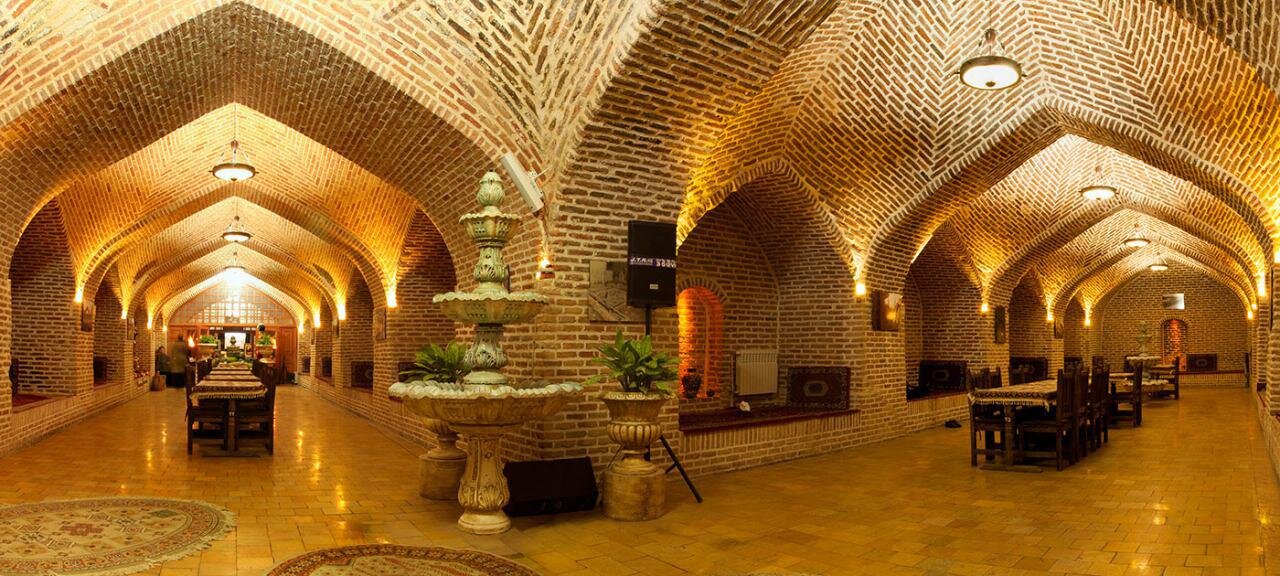Shah Abbasi Caravanserai reopens after four years to host handicrafts exhibition

TEHRAN - Shah Abbasi Caravanserai in Karaj, northcentral Iran, a historic gem tracing back to the Safavid era, has reopened its gates after a four-year hiatus, to host a handicrafts, souvenirs, and food exhibition.
Alborz province’s director-general of Cultural Heritage, Tourism and Handicrafts, speaking on Tuesday, announced the reopening of Shah Abbasi Caravanserai after four years to host the exhibition showcasing crafts to enthusiasts and tourists, from May 27 to June 16.
Rahim Khaki emphasized that the Shah Abbasi Caravanserai is a highly valuable venue in the center of Karaj for holding cultural, artistic, and handicrafts events. “It not only positively impacts tourism in the city,” he further pinpointed. “But also provides a recreational space for residents and tourists.”
Moreover, Hossein Rahimi, the chief of a company, which is organizing the exhibition, highlighted the participation of over 60 booths in the event.
More than 35 booths, he brought to light, are dedicated to handicrafts and 25 to regional souvenirs and food.
Rahimi added that artisans in various fields such as wooden crafts, kilims, leatherwork, felt, pottery, ceramics, and glassmaking are presenting their crafts throughout the exhibition.
According to the organizers, the souvenir and food booths will feature products from Kermanshah, Isfahan, Gilan, Mazandaran, Qom, Kashan, and more, with a Bakhtiari tribe’s black tent offering various traditional breads, soups, and local products.
The Shah Abbasi Caravanserai, dating back to 350 years ago, built during the reign of Shah Suleiman Safavi, was registered as a national monument of Iran in 1977. Due to its strategic location, it held significant importance, being on the main route connecting Rey, Taleqan, and Mazandaran. Its strategic placement on the Silk Road made it a crucial rest stop for caravans and their animals.
Initially, it served as a rest stop for caravans and their animals, later becoming a military barracks or fortress in the early Qajar period, and eventually used as a school (known as Felahat) in the late Qajar era. Additionally, the first agricultural school in Iran was established in this caravanserai.
The Shah Abbasi Caravanserai, known as the Iran’s only urban caravanserai is one of the most valuable buildings from the Safavid period, holding a great potential to serve as a tourism hub, in the heart of Karaj city.
XF
Leave a Comment